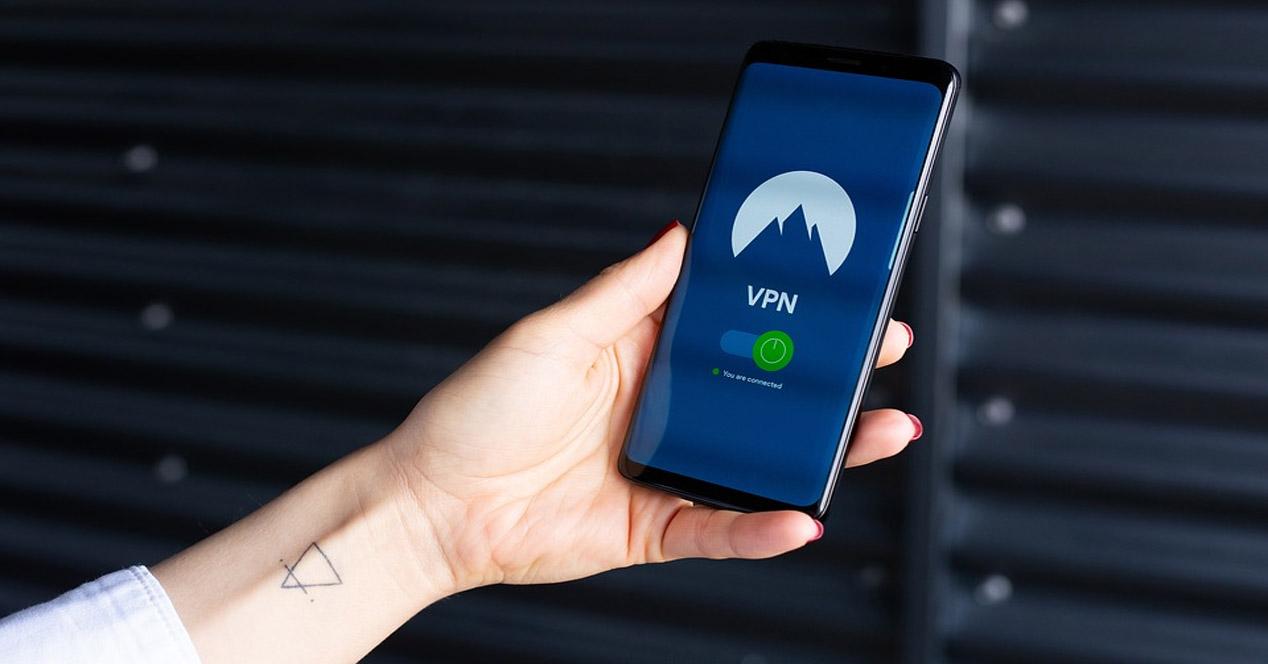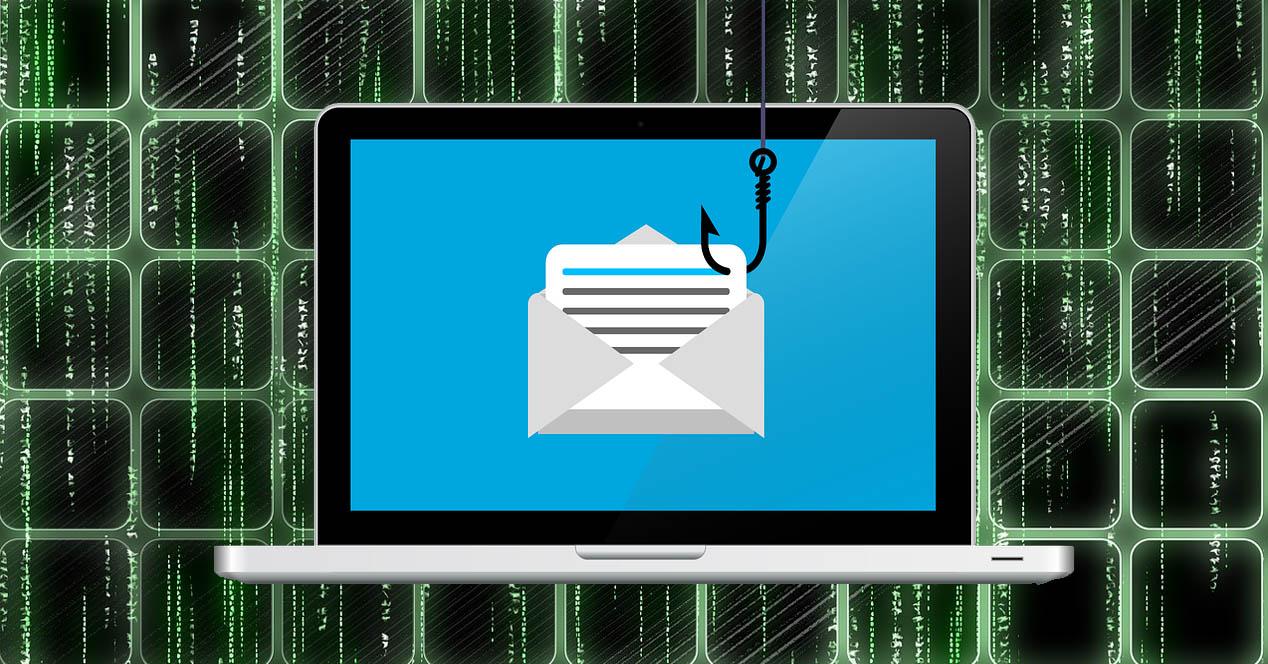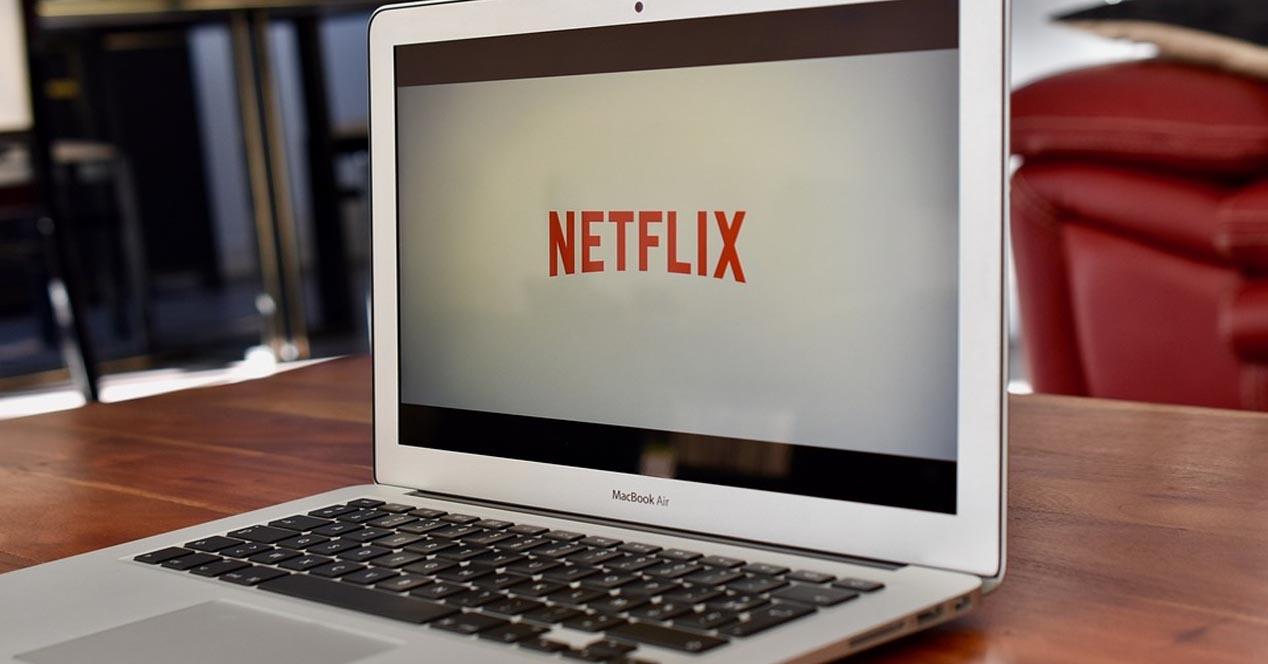
No one can deny that number of streaming platforms are continuously increasing. However, this number vary from country to country. If you want to learn more about streaming services, howtowatch.co.nz is a valuable resource readily available in New Zealand.
However, streamers know high buffering ruins streaming experience. Are you facing the same issue? No worries, we are going to share some easy hacks in this blog for a better and smooth streaming experience.
You must be wondering Why my streaming is slow? If you live stream often, you must be aware that you might face some issues in terms of quality. The reason for this is the large volume of data being sent simultaneously since audio and video consume a large amount of bandwidth.
While using the Wi-Fi connection at home, you might have near-perfect conditions. But this is not the case at all times. You might face multiple issues, like too many people using the connection simultaneously, which might inadvertently slow down your connection.
Today, we’ll share specific hacks you can employ to help you maximize internet data for live streaming. There are common issues that you may run into. For example:
Wi-Fi connection is unstable
It may be that your Wi-Fi coverage is inadequate, which will lead to your connection dropping multiple times.
Inadequate bandwidth
When the bandwidth available is insufficient, you may face issues like a shaky connection that disconnects frequently or poor audio or video quality.
Wi-Fi connection drops
There could be a problem with your device, which might not be able to switch to cellular coverage in case there is no Wi-Fi coverage.
So now that you know what to watch, let’s look at the different hacks or tips you can utilize to ensure a seamless live-streaming experience. You can also learn about the reasons for slow internet on TV streaming.
Hacks to maximize your internet data for live-streaming
Carry out a Speed Test
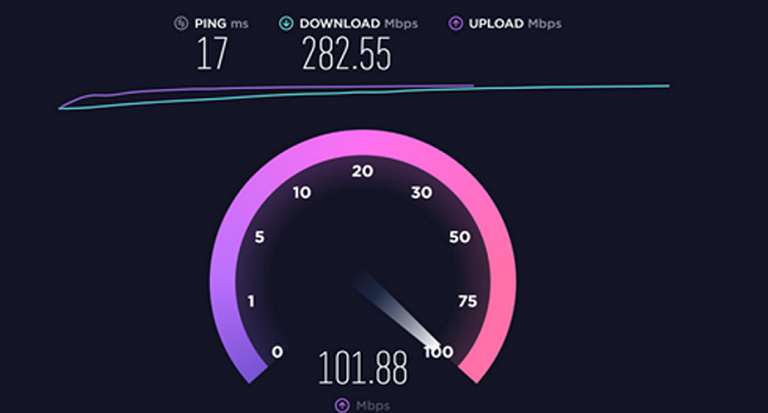
You can conduct a speed test to determine how your connection performs. There are multiple free tools online that you can access with a simple google search that can be utilized to test the speed of your internet. The protocol you should follow is as follows – ensure that you are located close to your router or use the Ethernet cable to test the speed. Once you’ve noted this value, move to the farthest location in your house and observe where the internet speed begins to slow down and drop.
You can also set up a test stream to see how the connection is faring. Please check the download and upload speed and ping to check the latency in your connection. Once you’ve covered all your bases and noted everything down, you can troubleshoot on your own or request support from your Internet service provider.
Change your DNS server
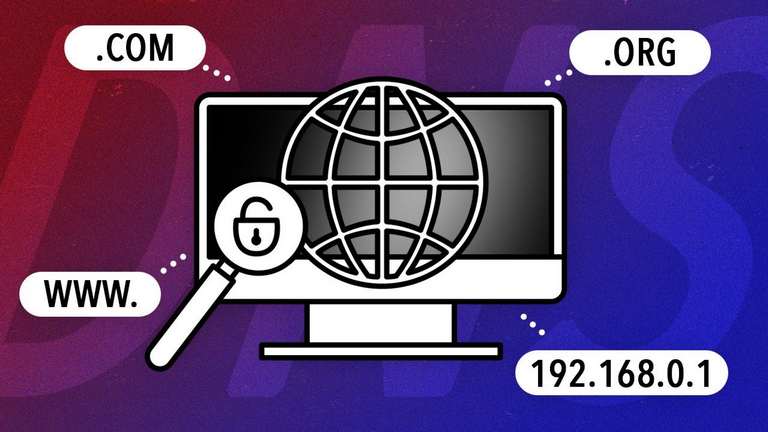
You can try to change your DNS server since third-party DNS servers are quicker than default ones.
Keep updating your hardware
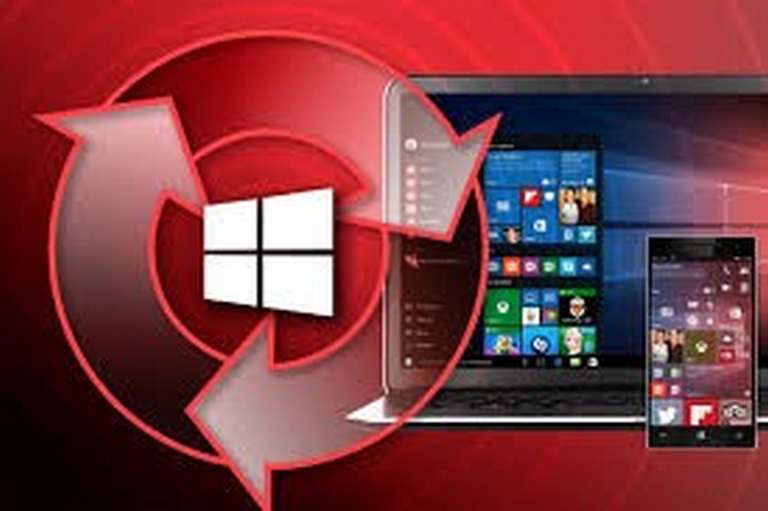
Live streaming heavily depends on your equipment since it’s responsible for capturing, encoding, and transmitting this data instantaneously over the internet.
Upgrading your hardware might also help resolve your streaming woes. Ideally, you can look into upgrading your Wi-Fi hub, router, streaming device, or Smart TV, along with any specific systems that you use for live streaming. Additionally, you can use a Wi-Fi extender to help increase your connection’s coverage area.
Upgrade your Internet Connection
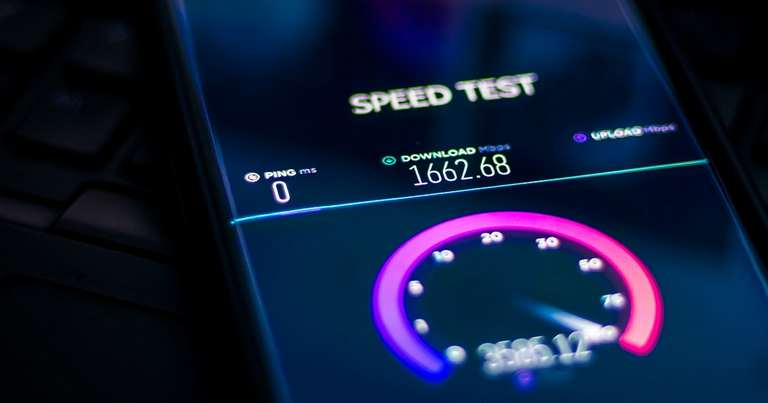
Since live-streaming solely depends on a solid connection, you can also consider upgrading your internet connection which can help you gain extra speed. It’s possible that the upgrading will charge additional costs.
Still, it will eventually pay off in the long run since you will save time and precious energy that would otherwise handle a slow connection. It’s best to use a fiber optic connection. Check out how to make your internet faster.
Change your Internet Provider
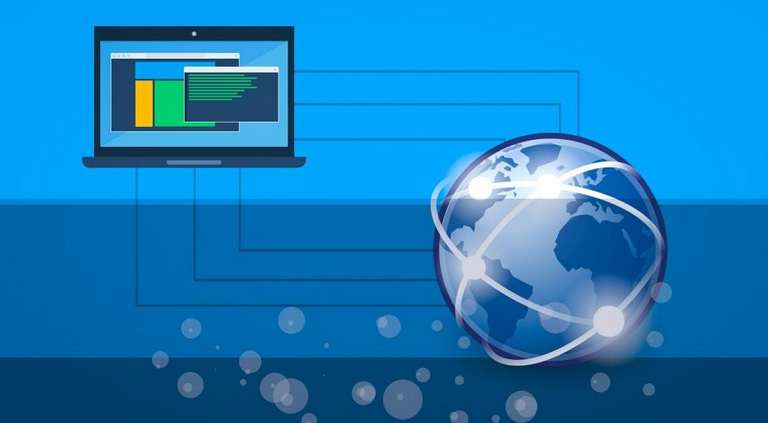
It might be worth looking into switching out your Internet providers. Not all Internet providers function similarly, and by switching to another company, you might discover better features that are more well-suited to your requirement.
Disable VPN
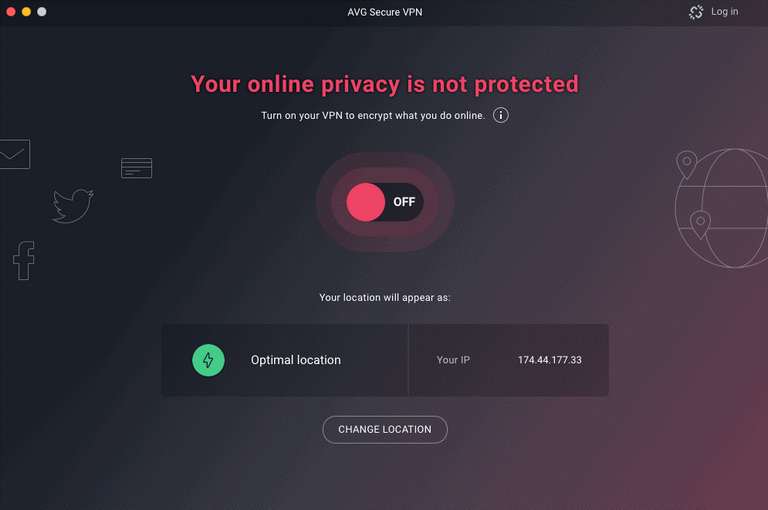
If you are using VPN software, make sure you disable it. A VPN makes your connection extra secure and re-routes it through multiple channels, which can inadvertently result in lag.
Restart your Router

By restraining your router and streaming service, you will reboot the system so everything can start working efficiently again. Then, make sure to log out entirely from the program.
Keep a check on the number of connected devices
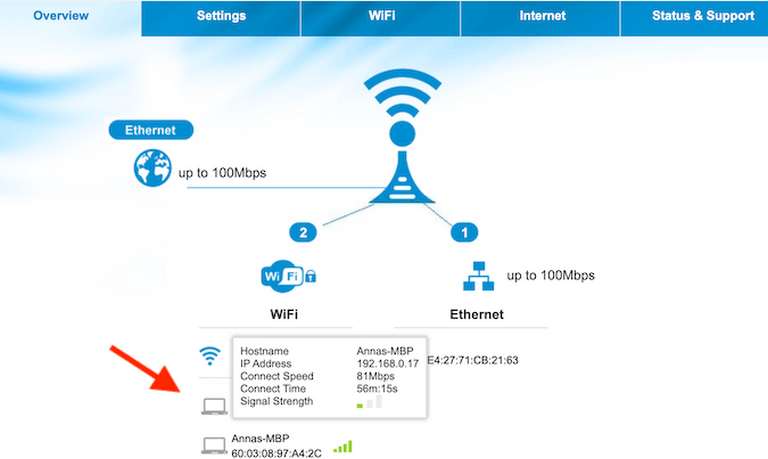
If you have multiple devices connected at a time, your internet provider may cap and throttle your connection. The reason for this is simple; there’s a limit to the data usage that your Internet provider can allot at a time.
So, for instance, if you’ve been watching 4K videos, your provider might cap and throttle your connection. The best way around this is to limit the number of devices connected simultaneously.
Conclusion
Live streaming is an increasingly popular and engaging form of online content. As a result, major platforms like Facebook, Twitch, and YouTube have been actively adopting measures to make the world of live-streaming easier.
As a result, individual live-streamers and significant corporations can now generate handsome revenue from this mode of communication.
By utilizing the hacks we shared above and ensuring you have the latest hardware and equipment, you will hopefully not run into any troubles while live-streaming. In addition, this will ensure that you and your audience can have an excellent streaming experience, adding value to your channel.
